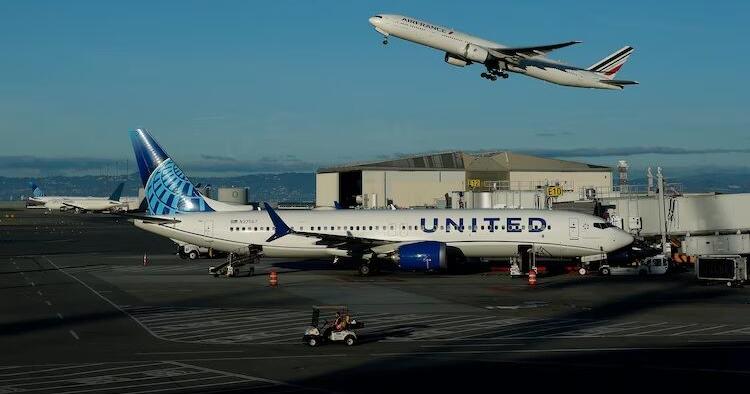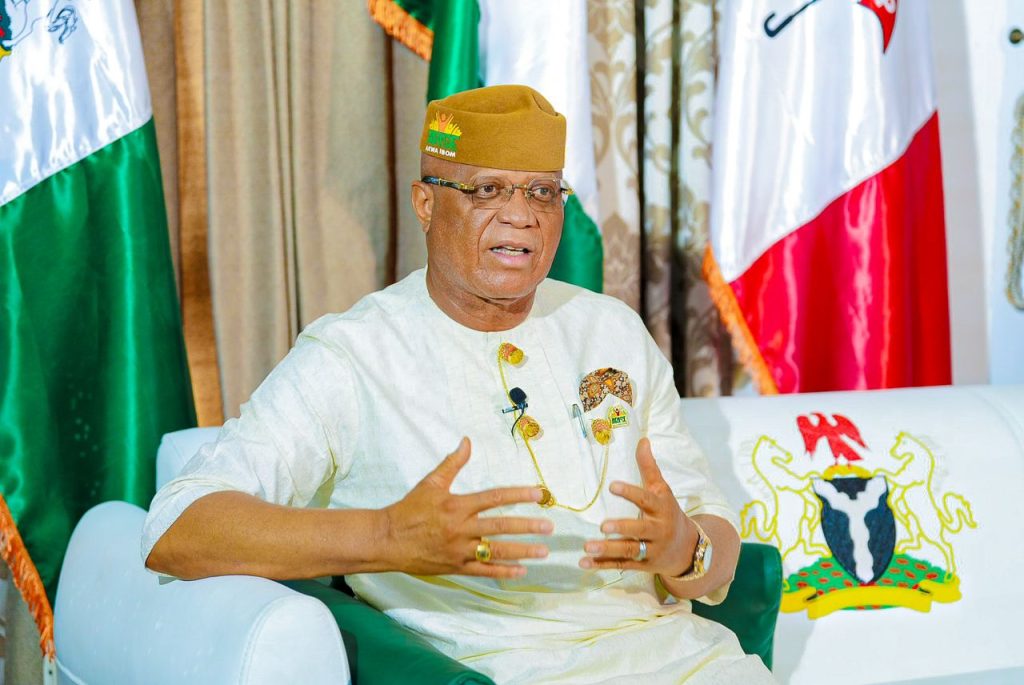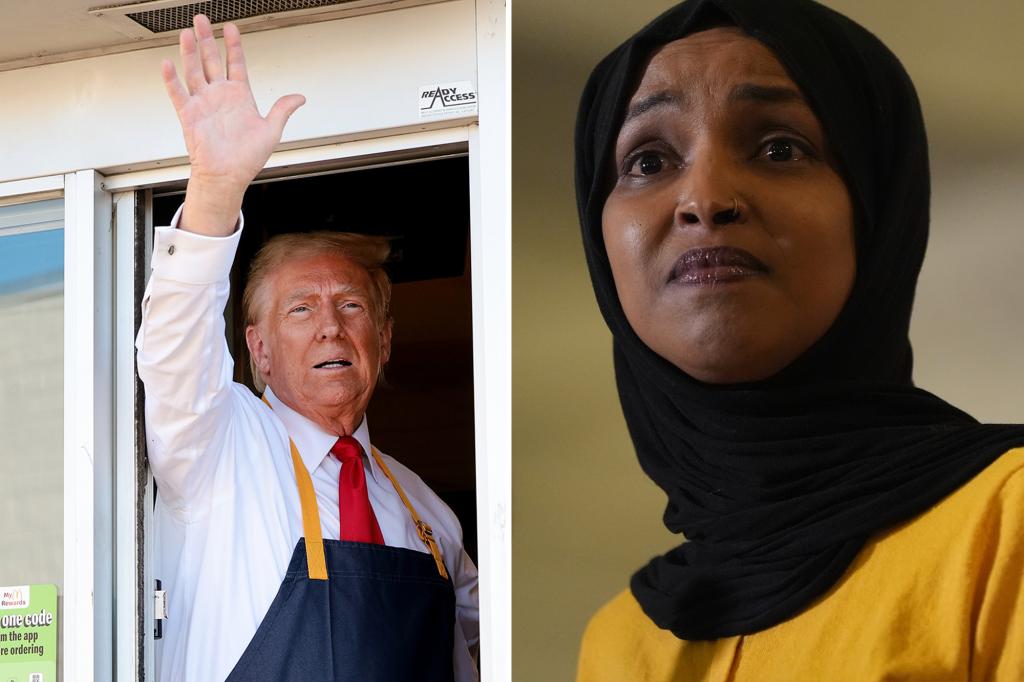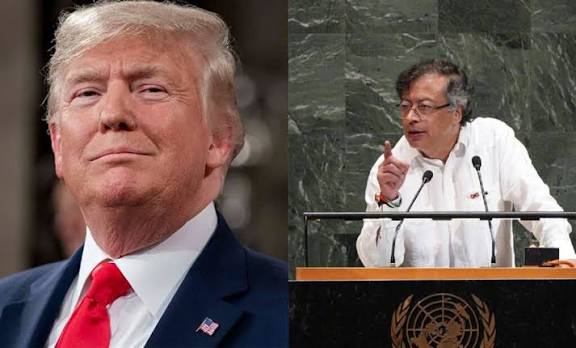The first sounds are panic: feet scraping against dust, shouts rising into a confused chorus, then the unmistakable crack of gunfire. A woman in a purple jacket collapses, two others trying to drag her upright as blood darkens her clothes. Scenes like this, captured on a phone in Arusha, were not isolated moments but part of a larger, brutal response to last month’s election unrest in Tanzania.
The demonstrations began on 29 October in Dar es Salaam, driven largely by young people who felt locked out of a political order shaped by one dominant party since independence. Their anger grew as opposition leaders were disqualified, detained, or simply disappeared from the campaign trail. By the time ballots were counted, the incumbent president was declared the overwhelming victor, deepening long-standing suspicions about fairness and transparency.
For nearly a week, the country remained largely in the dark. A sweeping internet blackout silenced organizers, buried videos, and threatened anyone who dared circulate images of the unrest. Only when access returned did the country—and the world—see what had unfolded: bodies on sidewalks, police firing into crowds, panicked groups sprinting for safety as smoke spread across major streets.
Verified footage reveals a consistent pattern. Lines of heavily armed officers confronted mostly young demonstrators, often blocking their routes and pushing them back with volleys of tear gas. In clip after clip, shots ring out as crowds scatter, some falling, others dragging the injured. The chaos swept through several cities, including Mwanza and Arusha, creating a patchwork of violent clashes that stretched far beyond the initial protests.
Read Also: Trump Urges Republicans To Back Release Of Epstein Files
The scale of the deaths is still contested, but accounts from inside the country point to staggering losses—hundreds killed, many more wounded or detained. Families searching for missing relatives found bodies piled outside medical centers or abandoned in streets emptied by fear.
In the aftermath, the president called for an inquiry and urged leniency for those detained. But for many Tanzanians, those promises ring hollow. The videos, once suppressed, now speak loudly: a generation demanding change met by the full force of the state, and a nation reckoning with the cost of trying to be heard.










